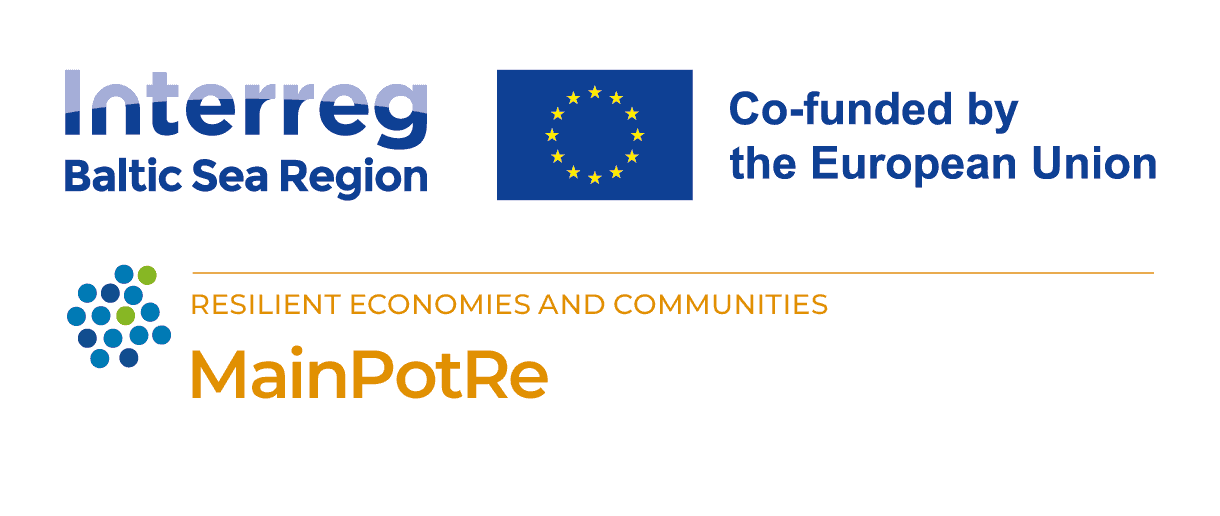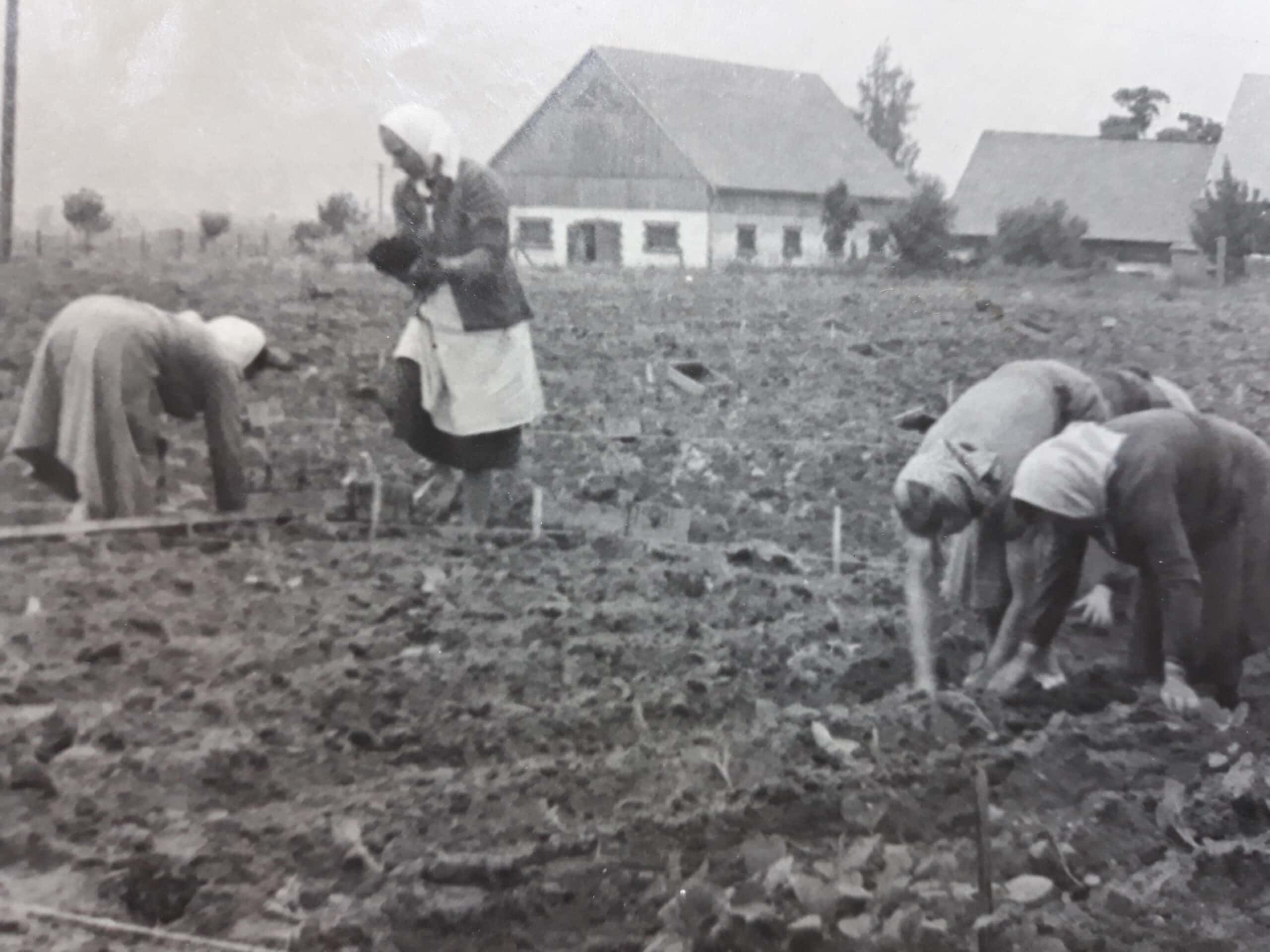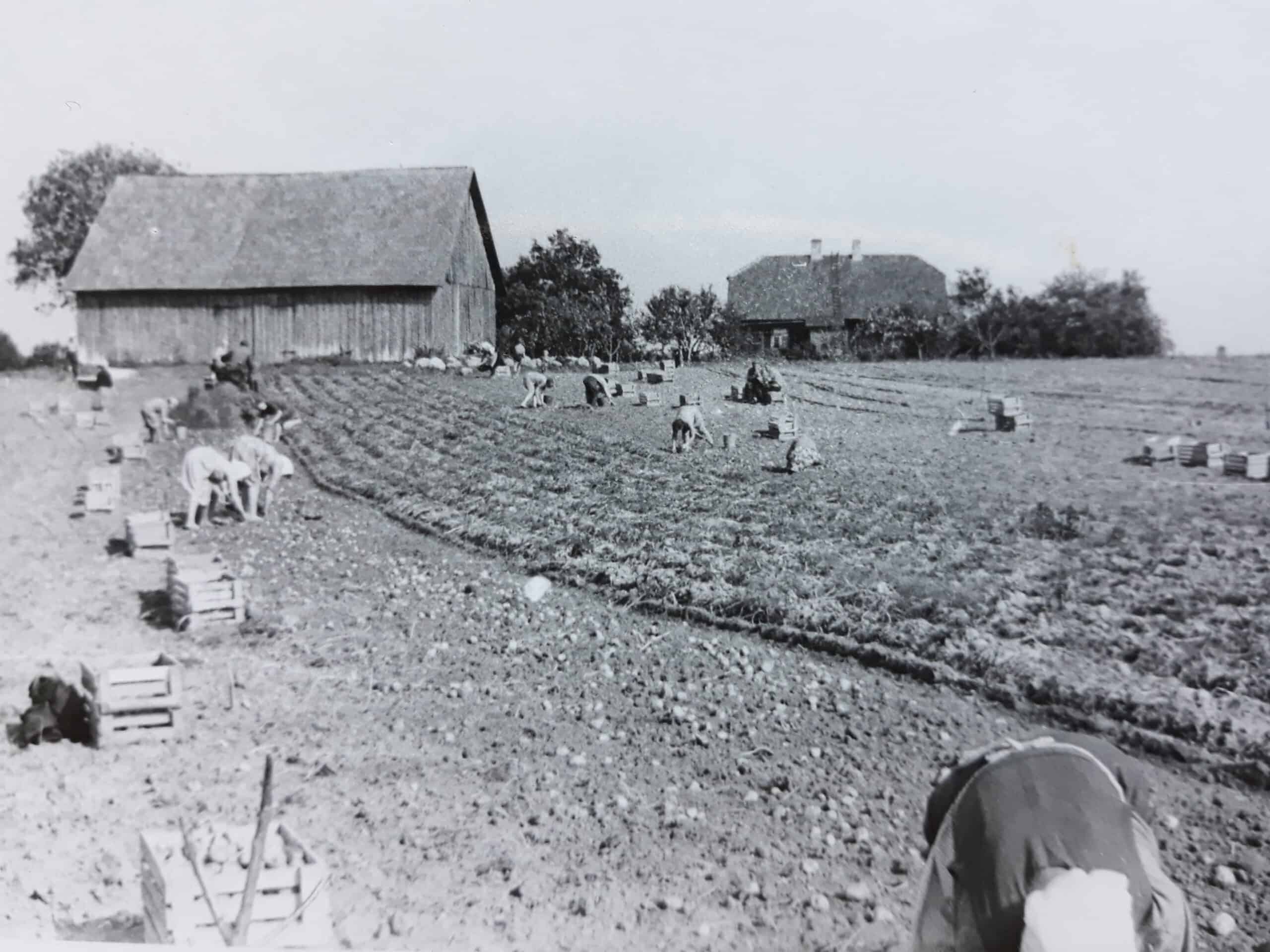
Preserving Heritage and Identity: The MainPotRe Project and Potatoes in Our Region
14 September 2023
Potatoes have had the greatest impact on agriculture and the population`s diet in our region since the 19th century, although they were introduced in our region as early as the second half of the 17th century and became seriously cultivated in the 18th century. Germans introduced the potato to the Finnish soldiers in 1757 when fighting in the Pomeranian War. When the soldiers returned home, this “earth-apple” spread throughout the country with farmers developing new varieties.
In our region at first Erdapfel was grown in manor gardens, gradually spreading into farm gardens in the second quarter of the 19th century. In 1840, Emperor Nicholas I of Russia issued an order to start growing potatoes to promote agriculture. Potatoes increased manors’ productivity and also improved the menu of the peasants. At first, the potato was viewed with suspicion, but in the second half of the 19th century, the potato became the basis of the peasantry table. The traditional peasant menu was centered on potatoes, grain grouts, and bread, people of Finland even used potato as medicine. It is interesting to note that in terms of potato production per capita, Estonia ranked first in the world after the First World War. Estonians and Latvians were rightly called potato republics. Potato cultivation began to decline in the second half of the 20th century, and especially drastically in the 21st century, as the population’s diet had become richer and new products and dishes seemed more attractive.
From the second half of the 19th century, more special cookbooks were introduced and published. In 1893, the first Estonian-language cookbook with 125 recipes, dedicated only to potato dishes, was published. In Finland, a comprehensive potato book published in 2018 received the title of domestic cookbook in 2019. Potatoes were mainly eaten boiled, baked, in soup, or mashed. Cold mashed potatoes were put on top of bread instead of butter in the lunch boxes of schoolchildren and workers. There are hundreds, if not thousands, of potato recipes, modern as well, but mashed potatoes and salads are definitely among the favorites of the Baltic Sea region even today. Potato porridge with barley groats is considered the national food of Estonia and Latvia.
In the 1920s, the young republics immediately started breeding potato, grain, and vegetable varieties suitable for the conditions here, even though suitable varieties had already been cultivated since the 1880s. Jõgeva in Estonia and Priekuļi in Latvia keep and develop the agricultural heritage and farming traditions of our countries being in a kind of status of potato capitals.
Southern Estonia and most of Latvia shared a common identity, also in terms of food, until 1917 belonging to the Livonian Governorate as an administrative unit in force at that time. Southern Estonia and Northern Latvia have a lot in common even today. Northern Estonia and Finland were also connected by trade contacts for the sale of potatoes and potato spirit.
The MainPotRe project helps preserve and raise awareness of the heritage of potato cultivation and use for food in the Baltic Sea region and strengthens regional identity. Growing potatoes on a small plot of land and in home gardens offers a rediscovery and a kind of therapy with new field cultivation methods and a rediscovery of healthy potato dishes beyond French fries and potato chips. Along with this, it is necessary to explain to the users which varieties are better suited for which dishes. Today, these are also important topics from the point of view of the countries’ self-sufficiency and food security.
Ülle Jukk
Jõgevamaa Koostöökoda, Eesti
Jogeva Cooperation chamber, Estonia
Sintija Plūme
Institute of Agricultural Resources and economics (AREI), Latvia








